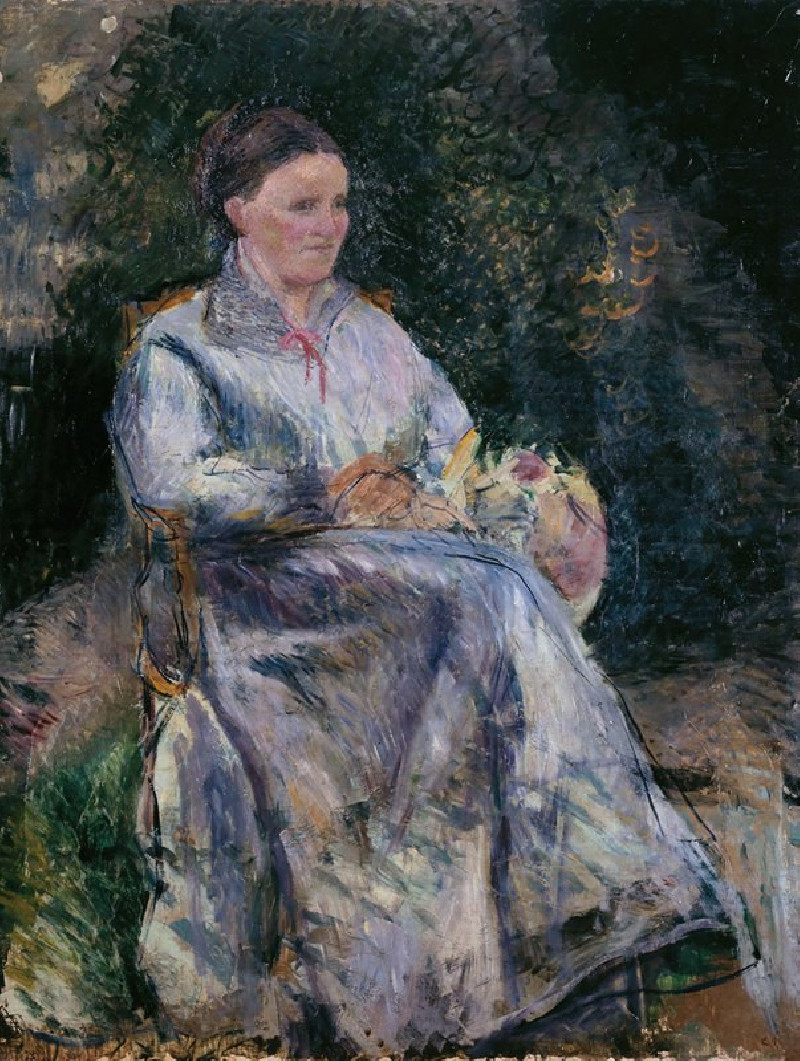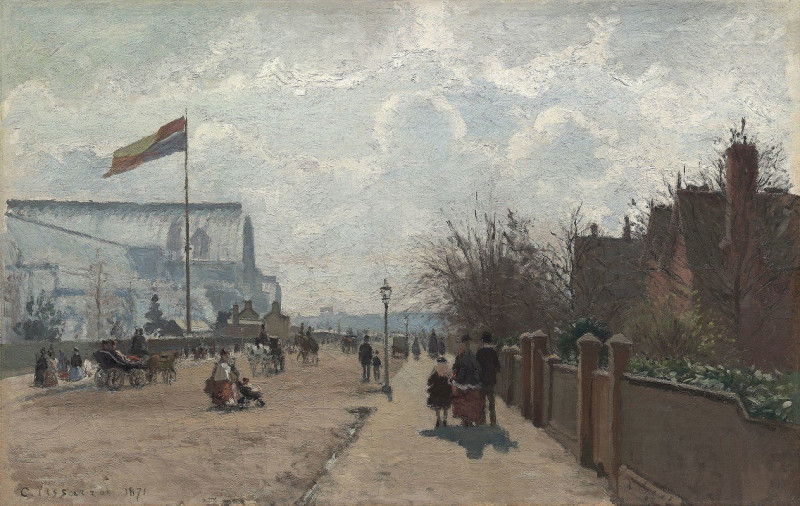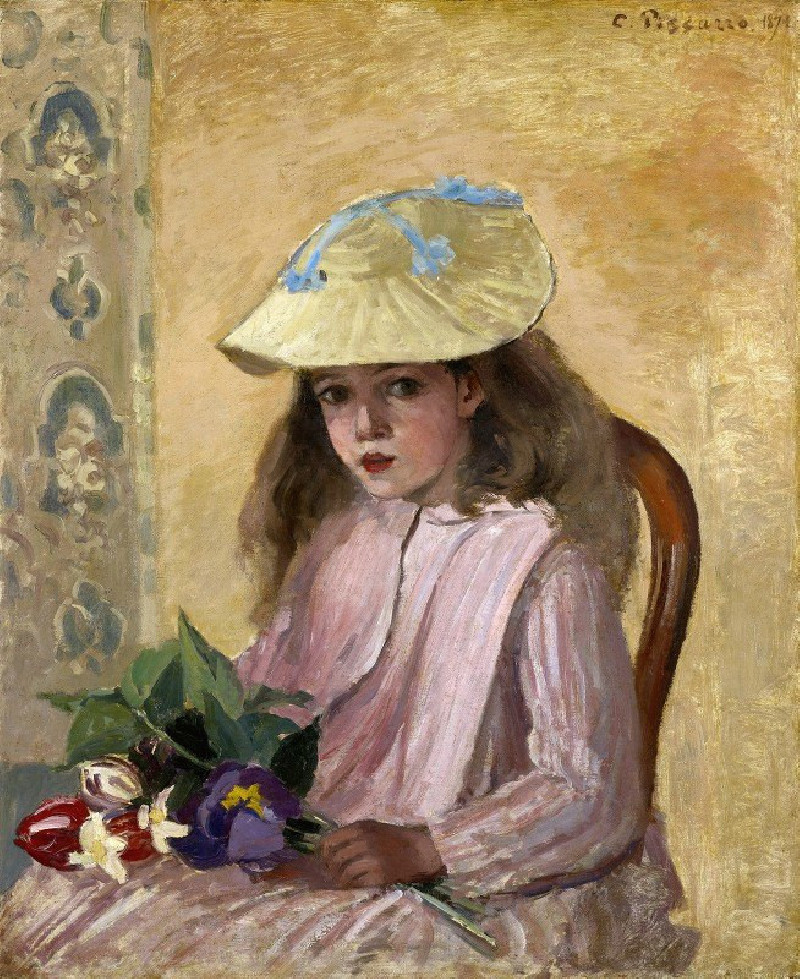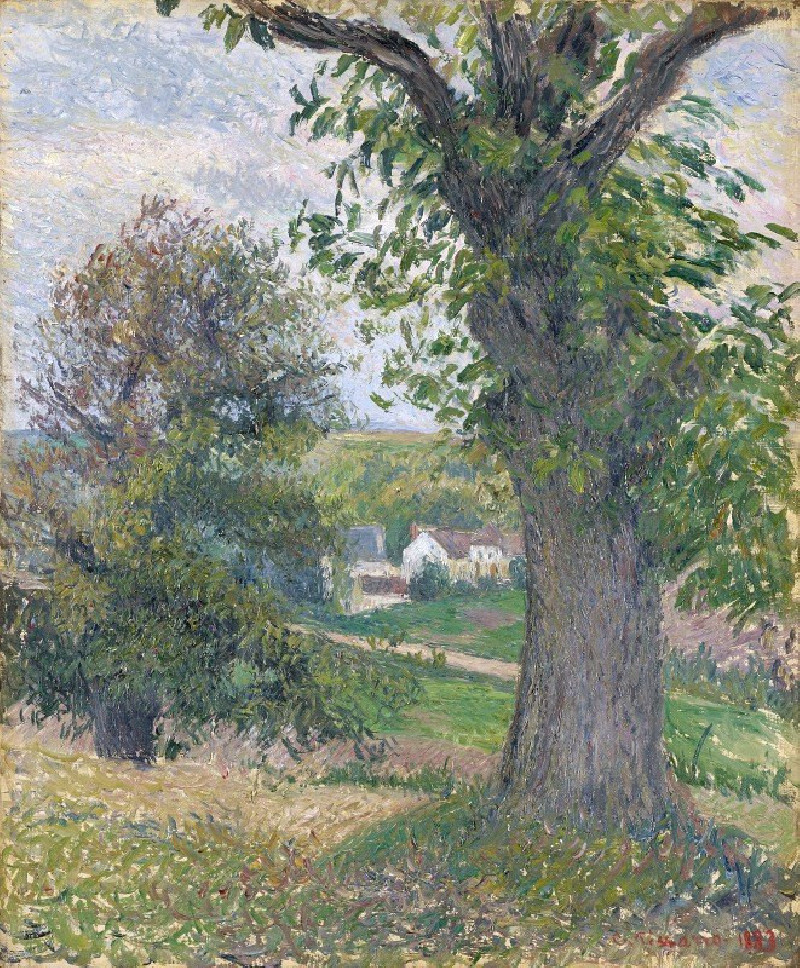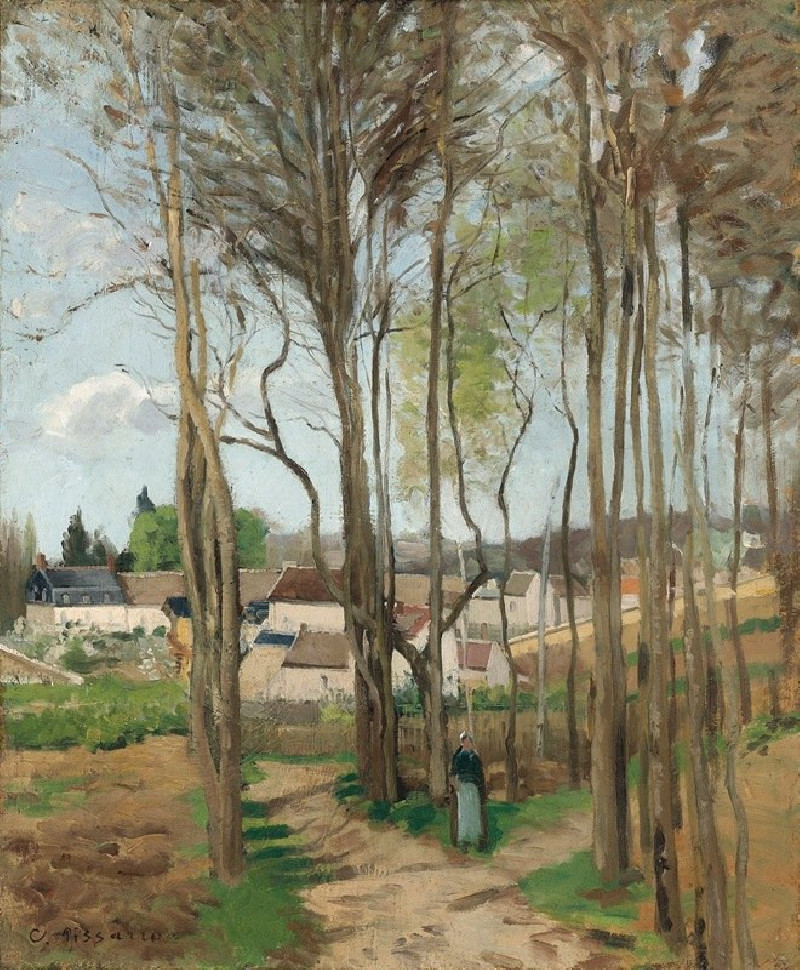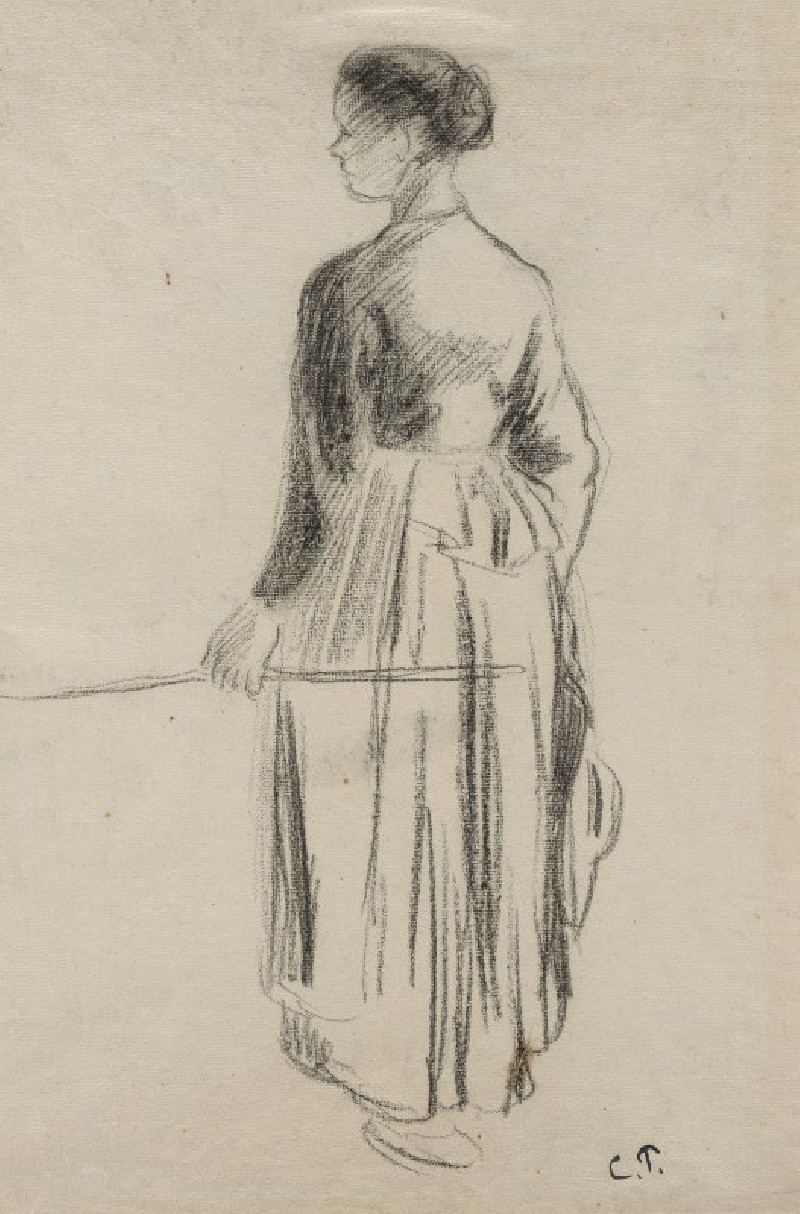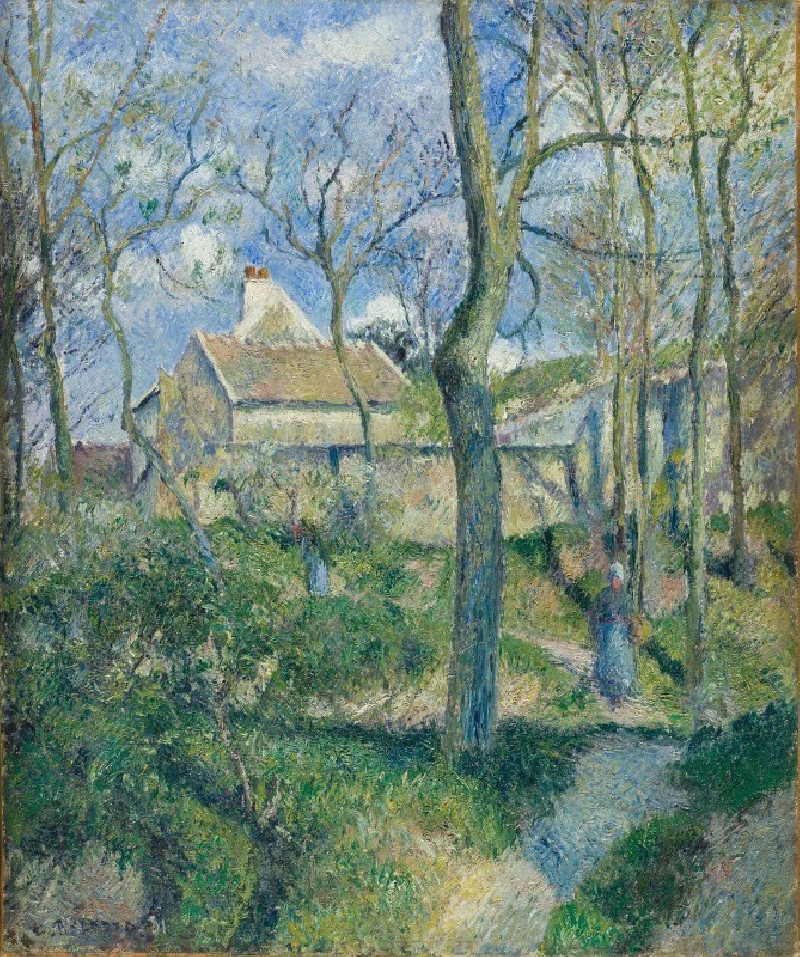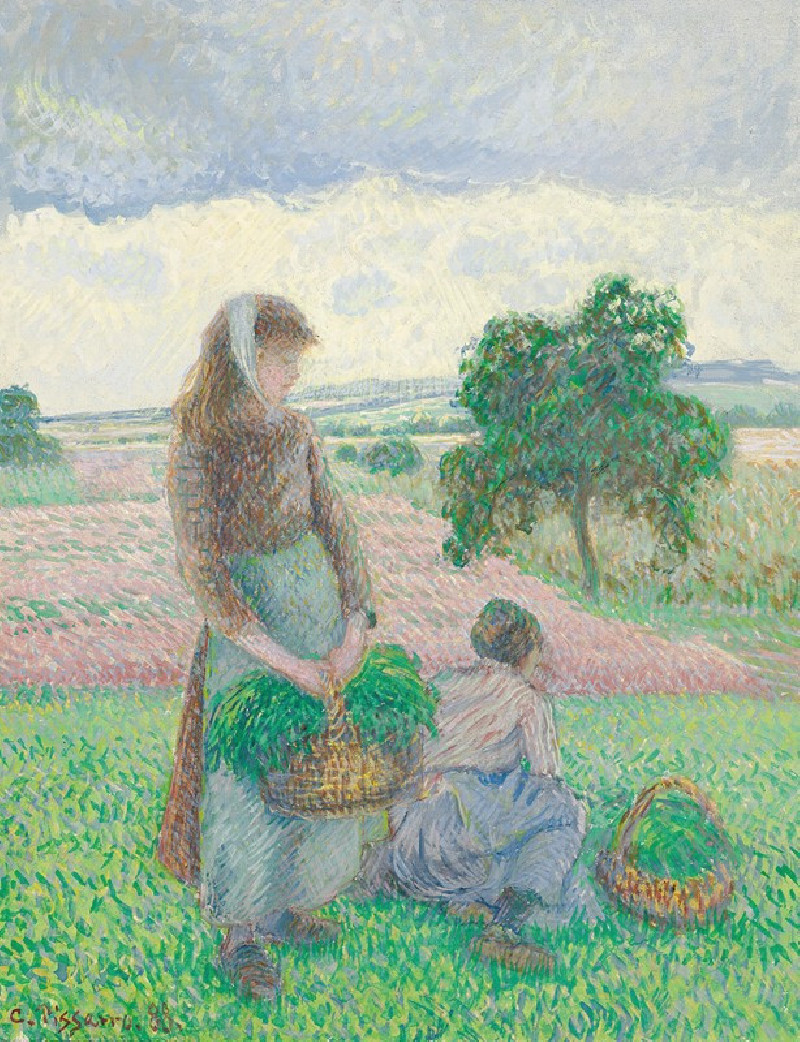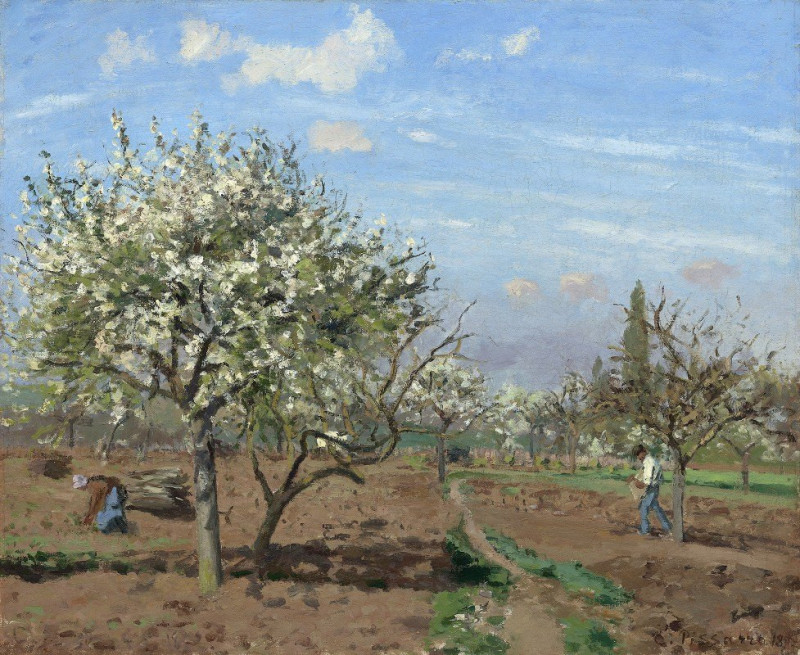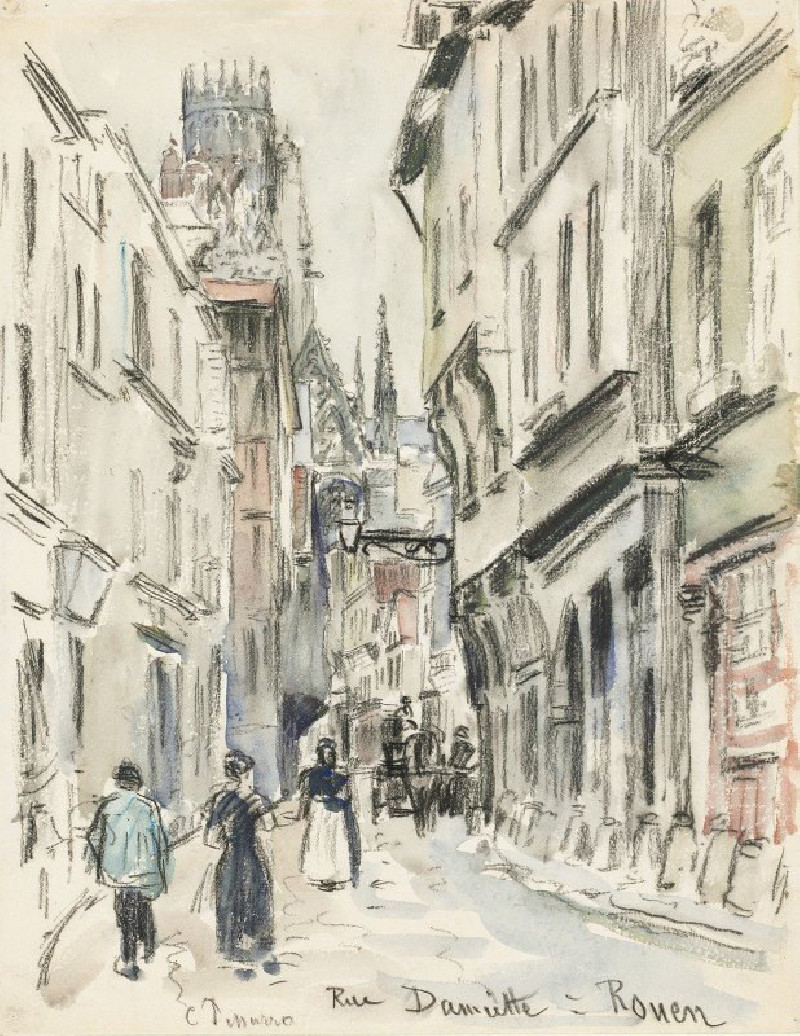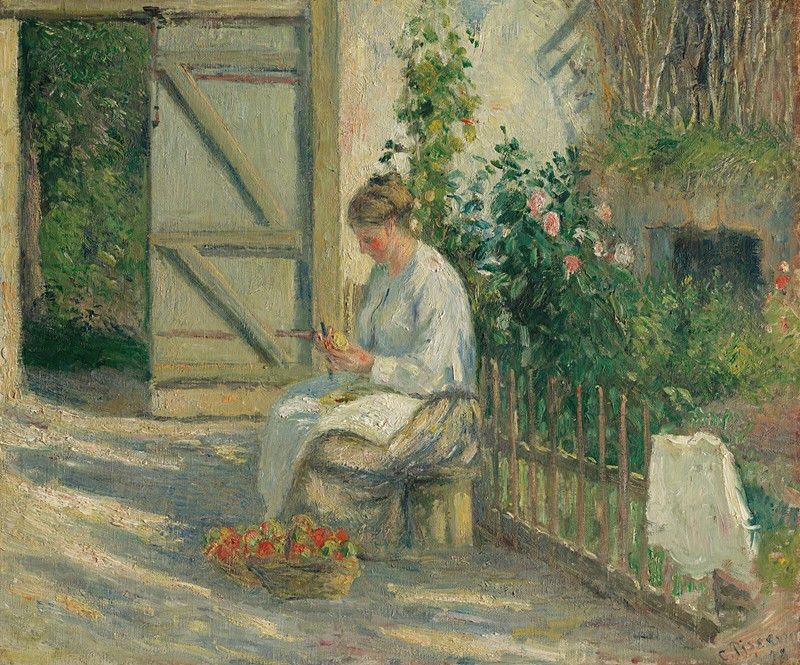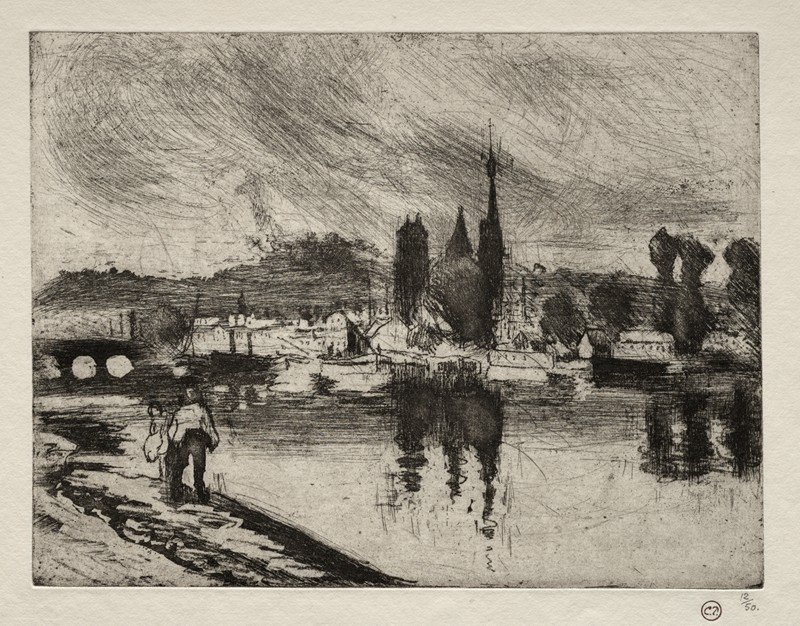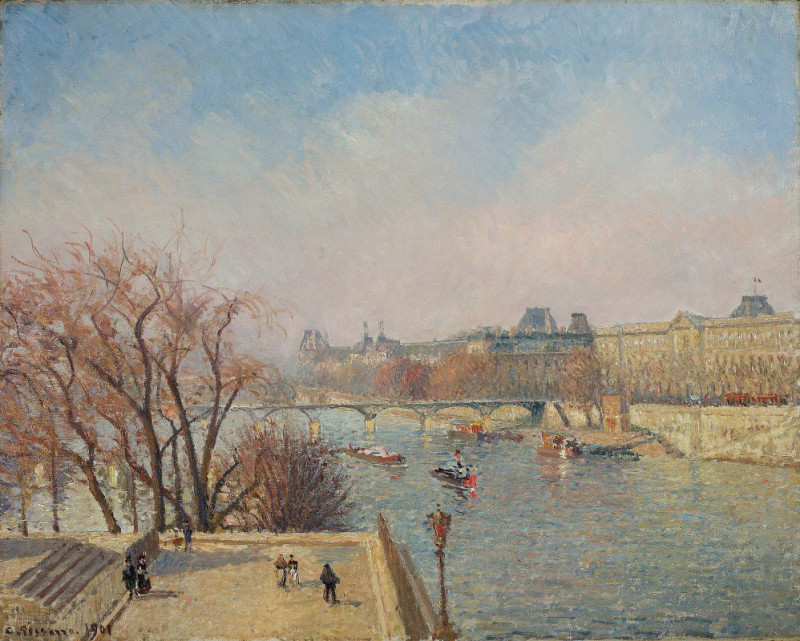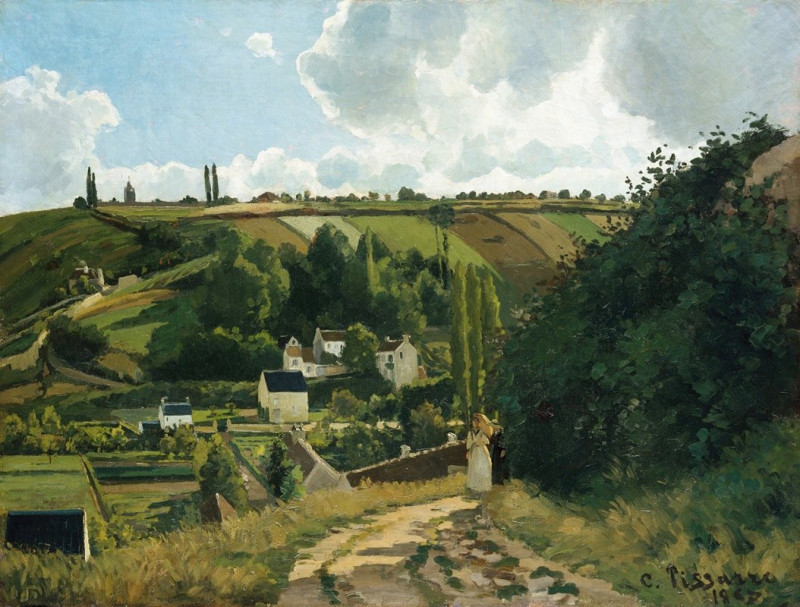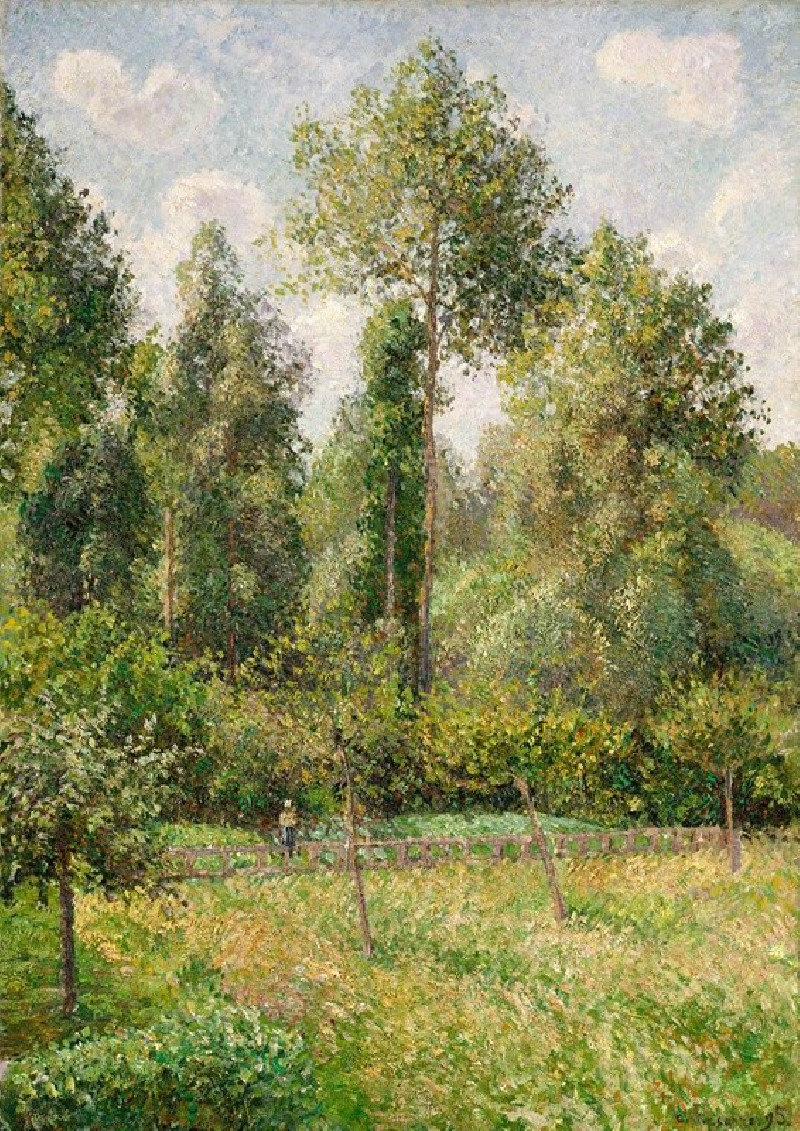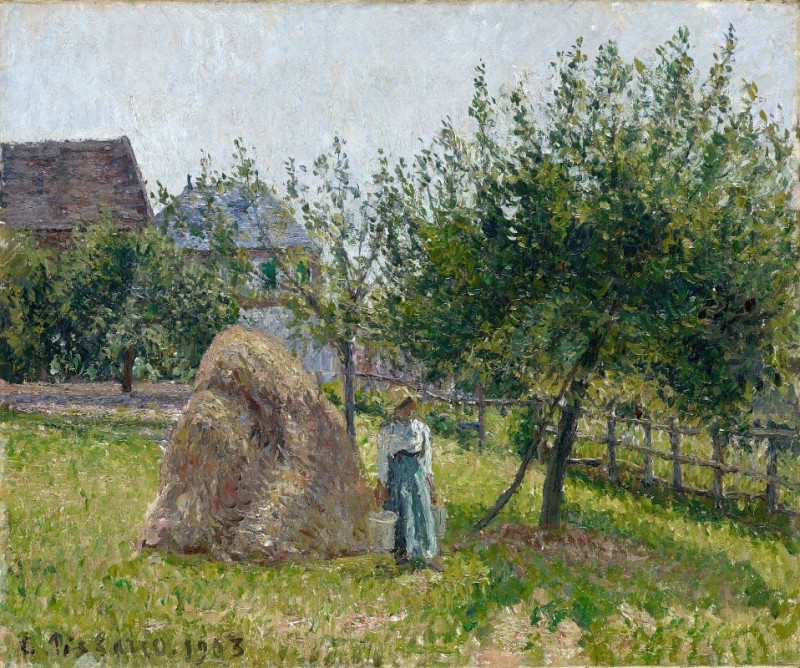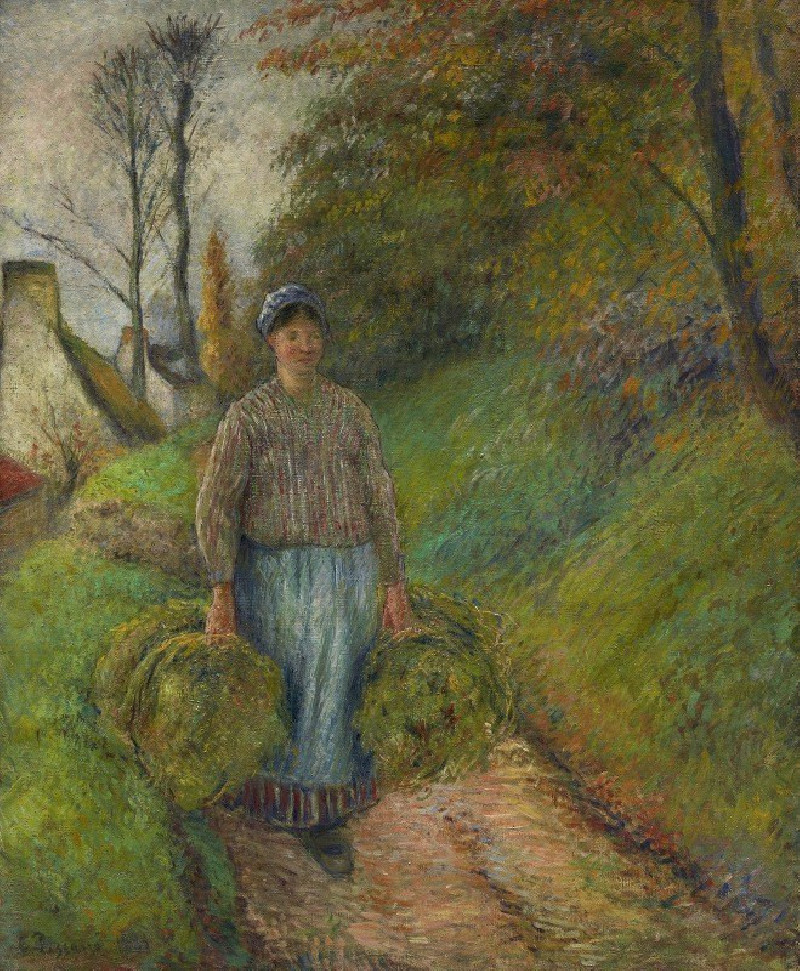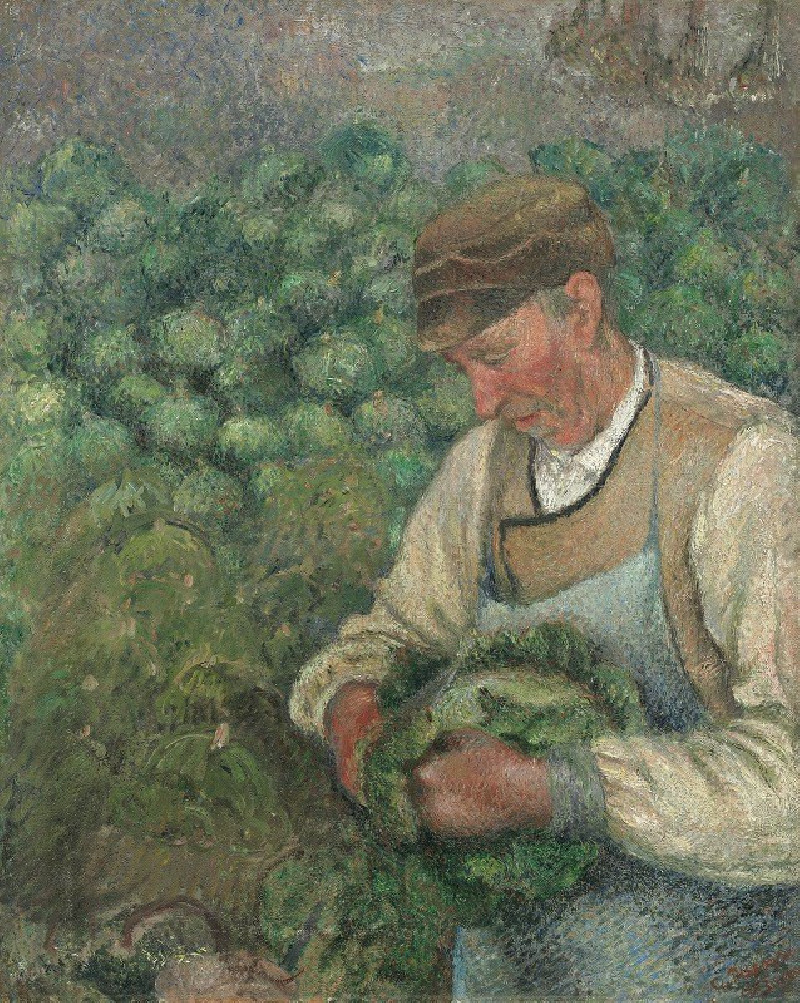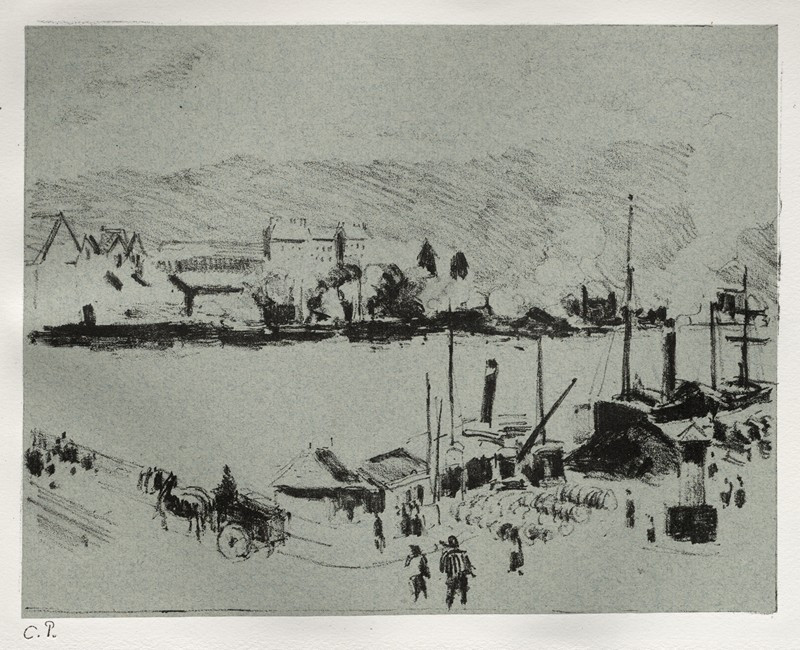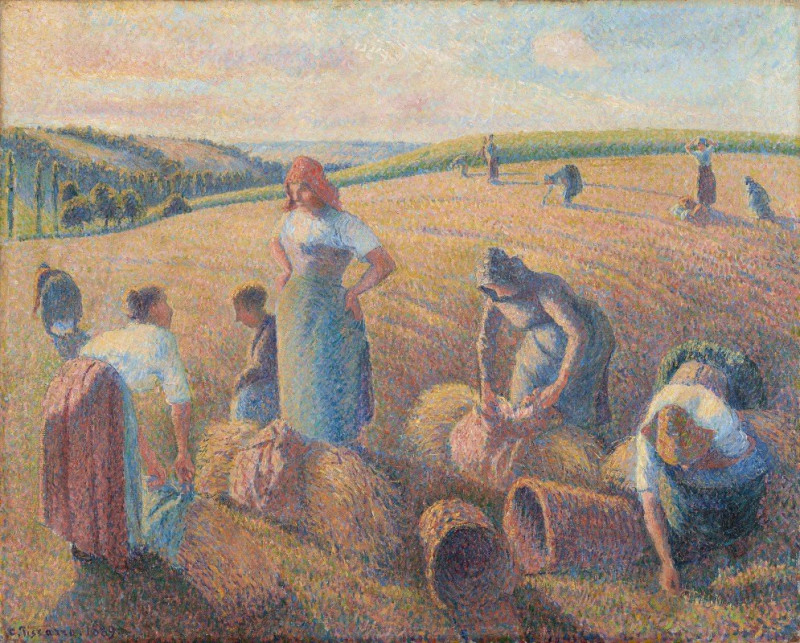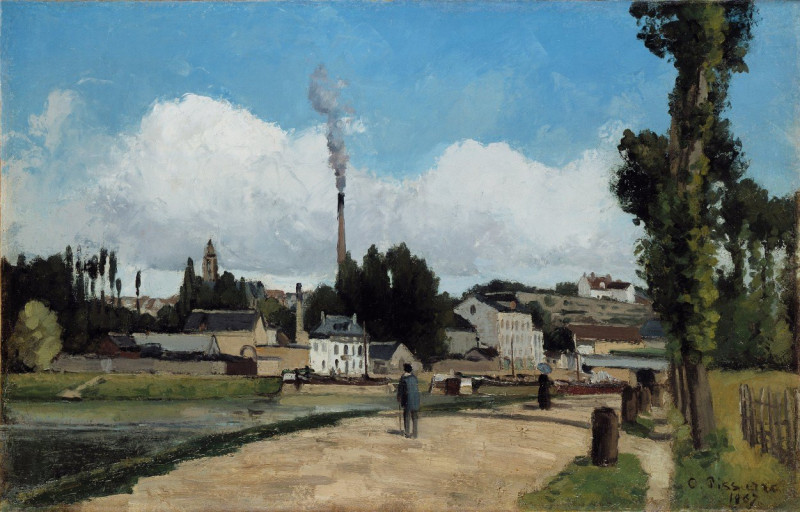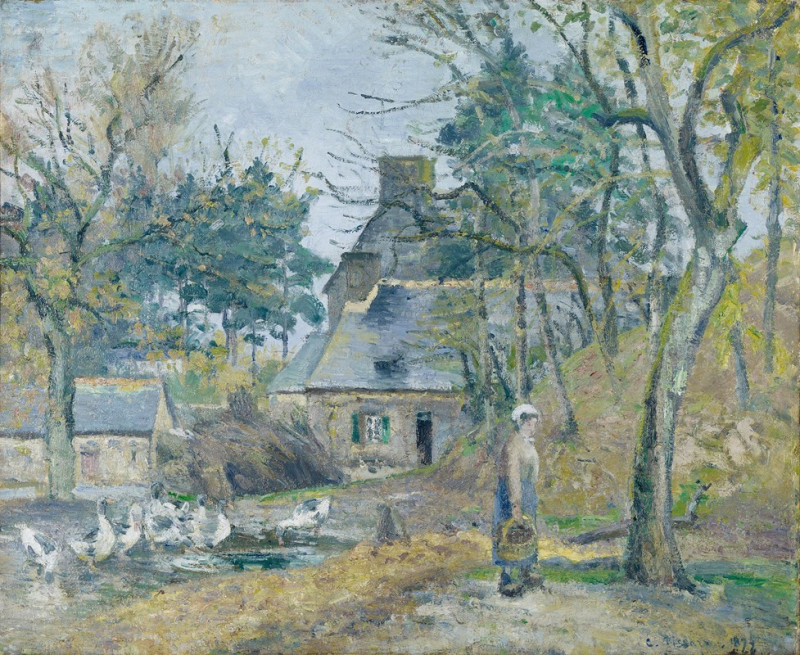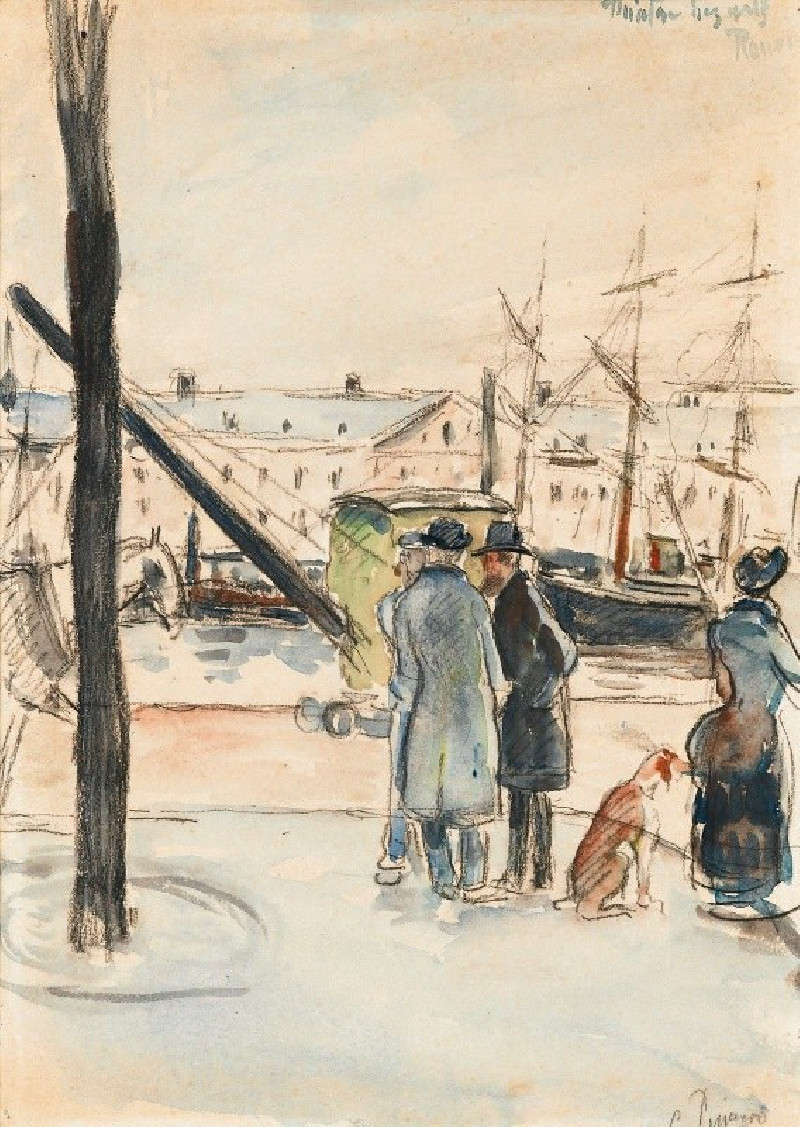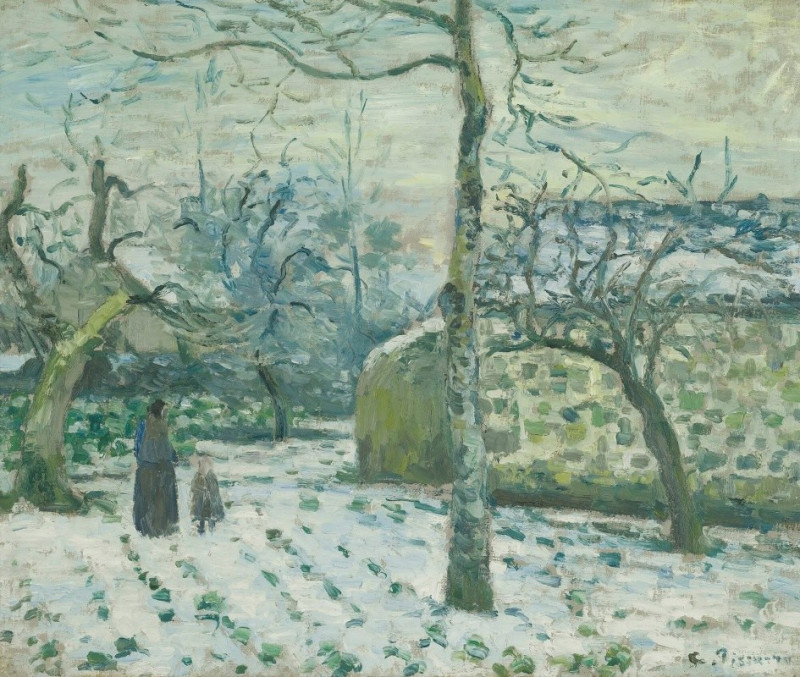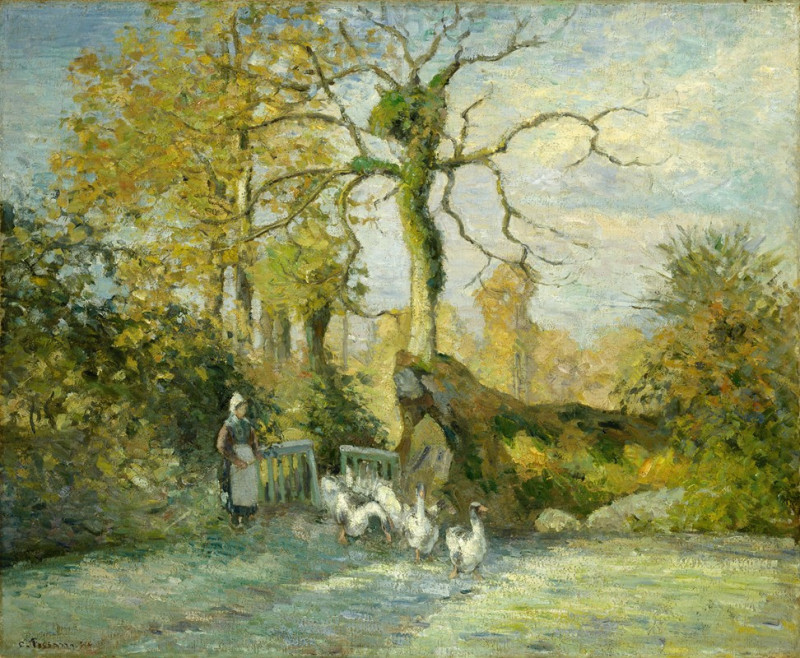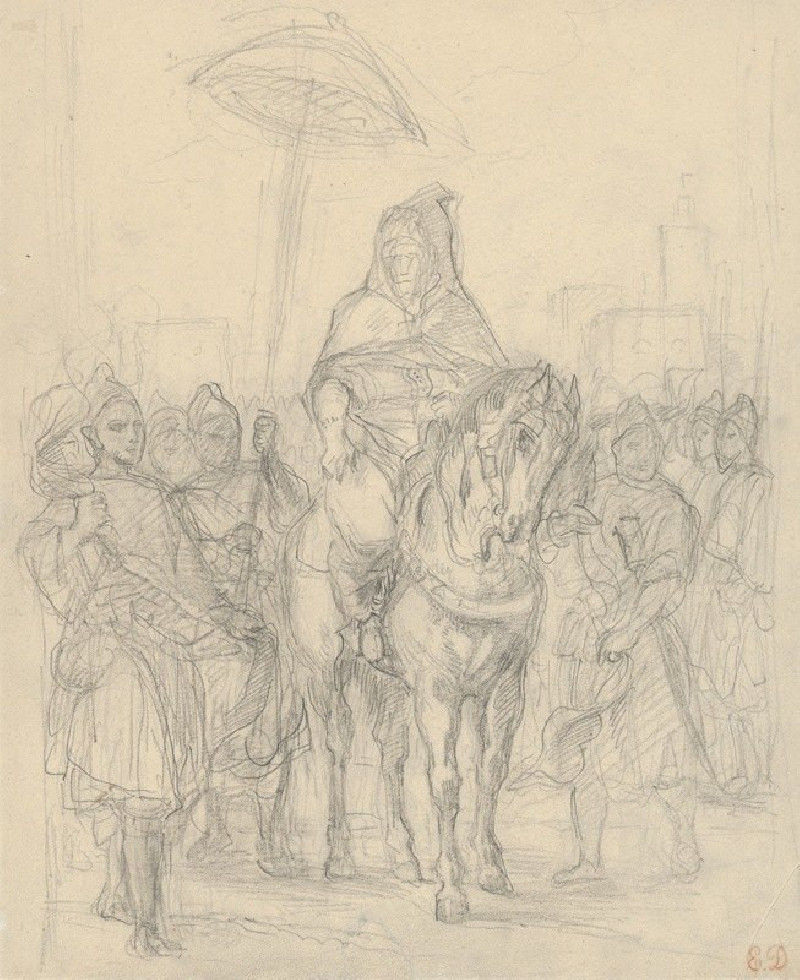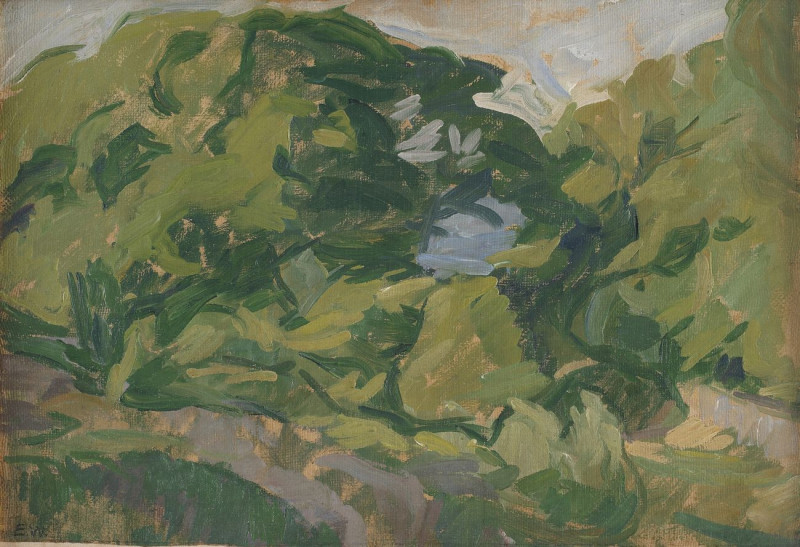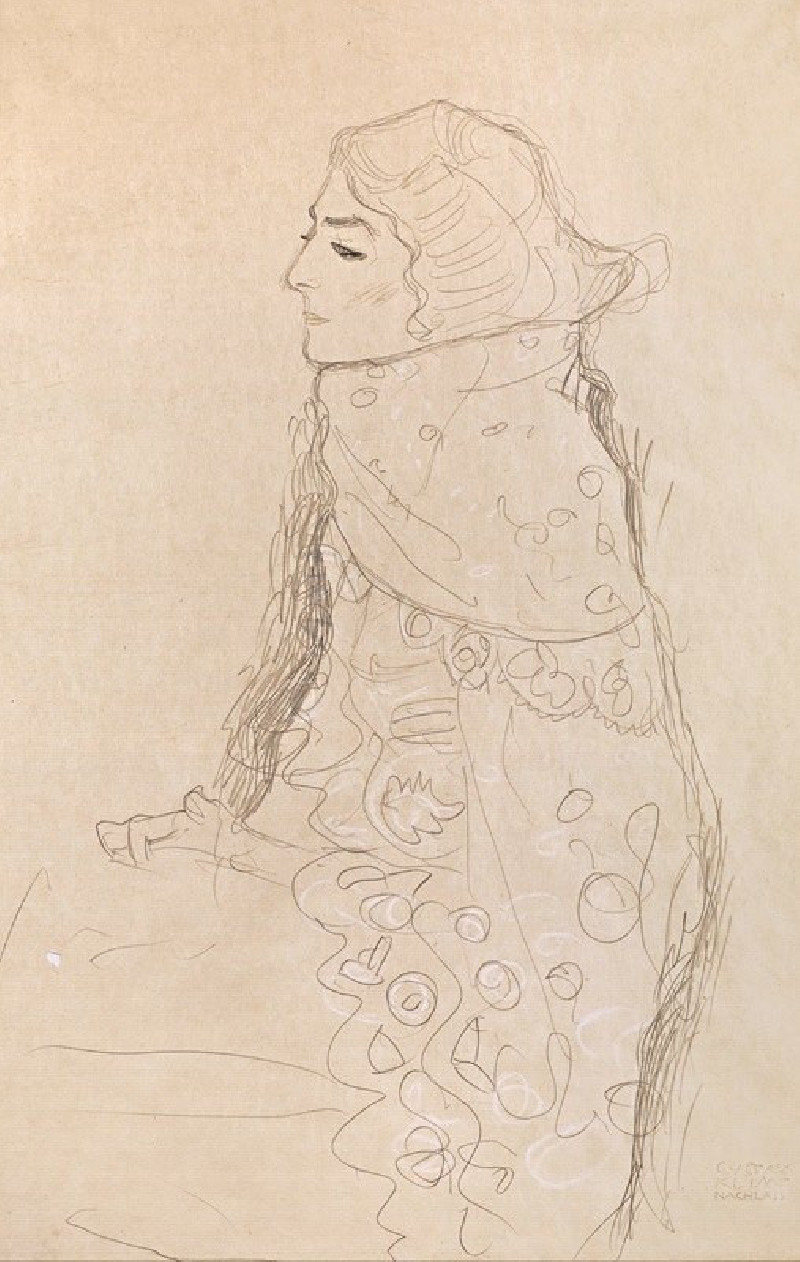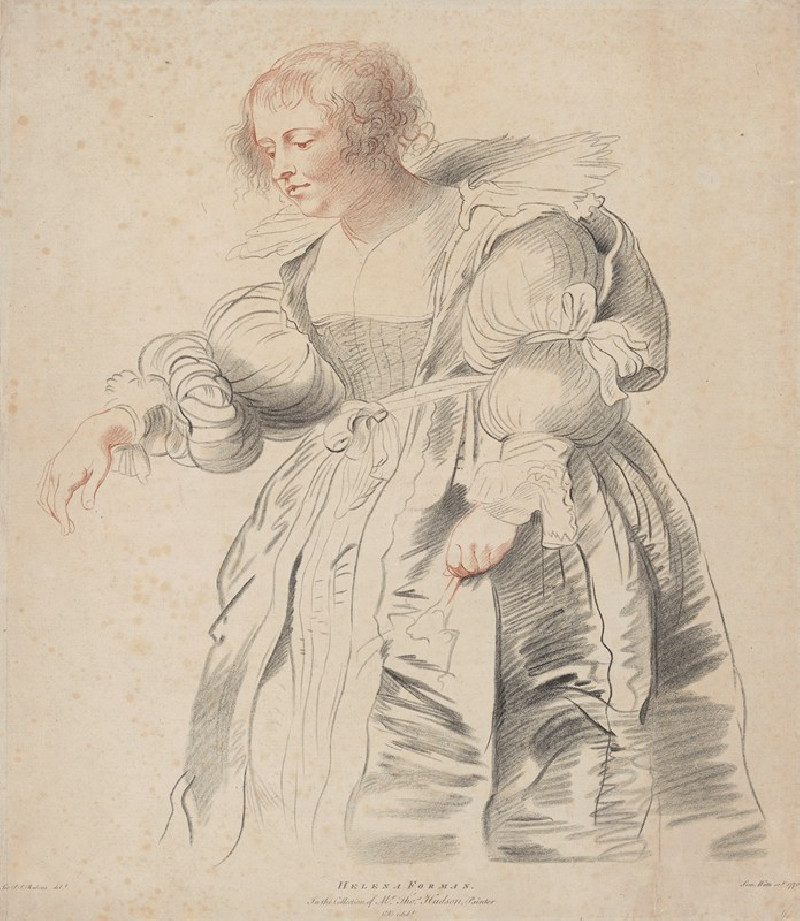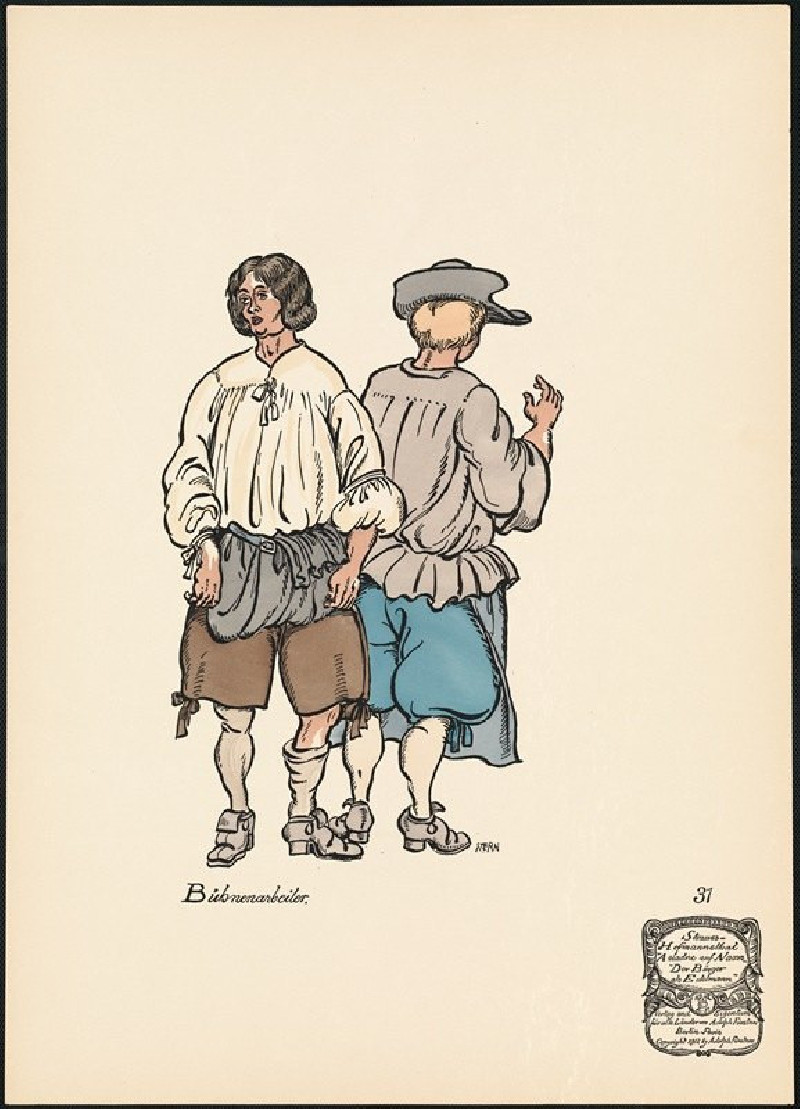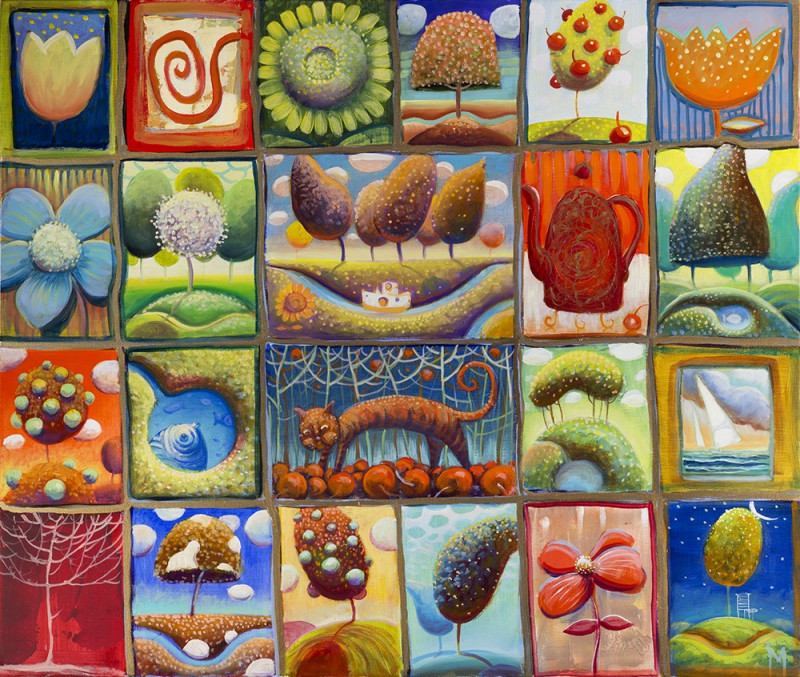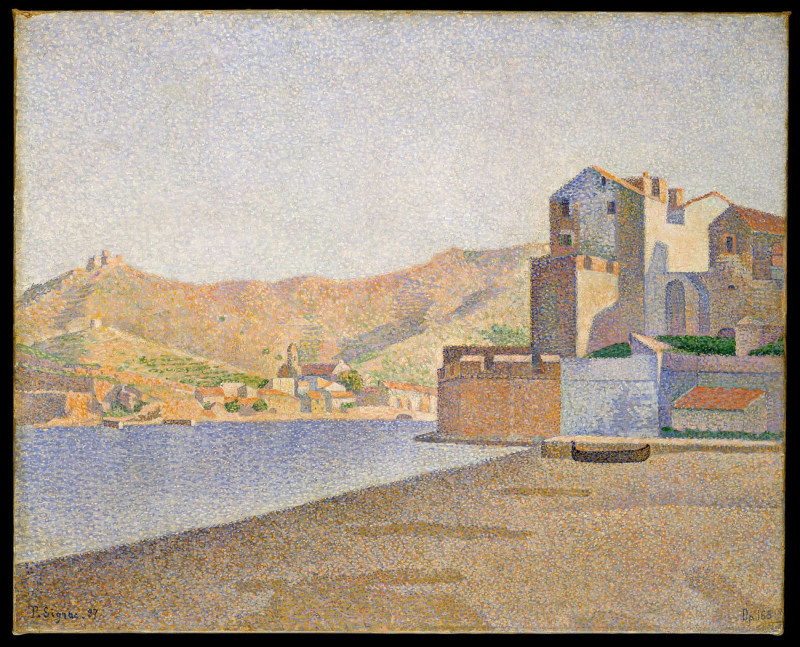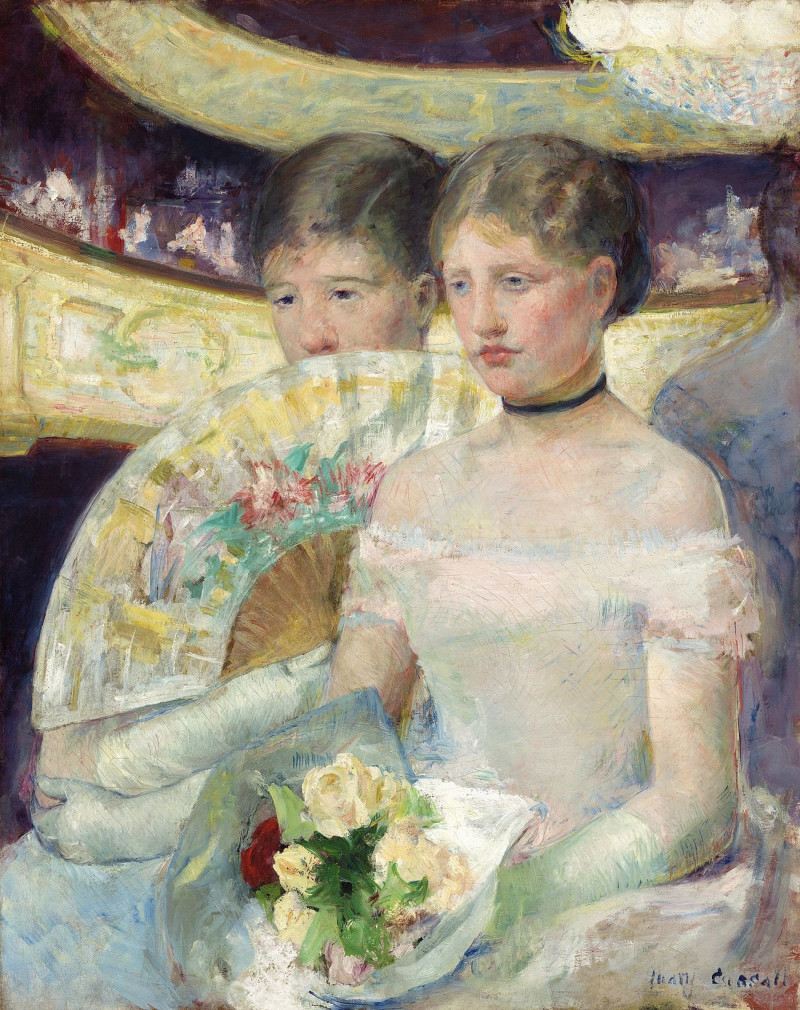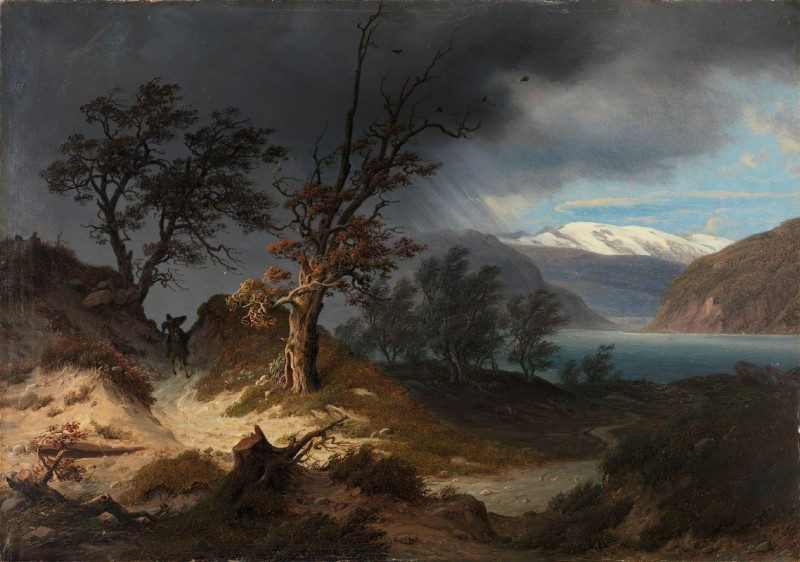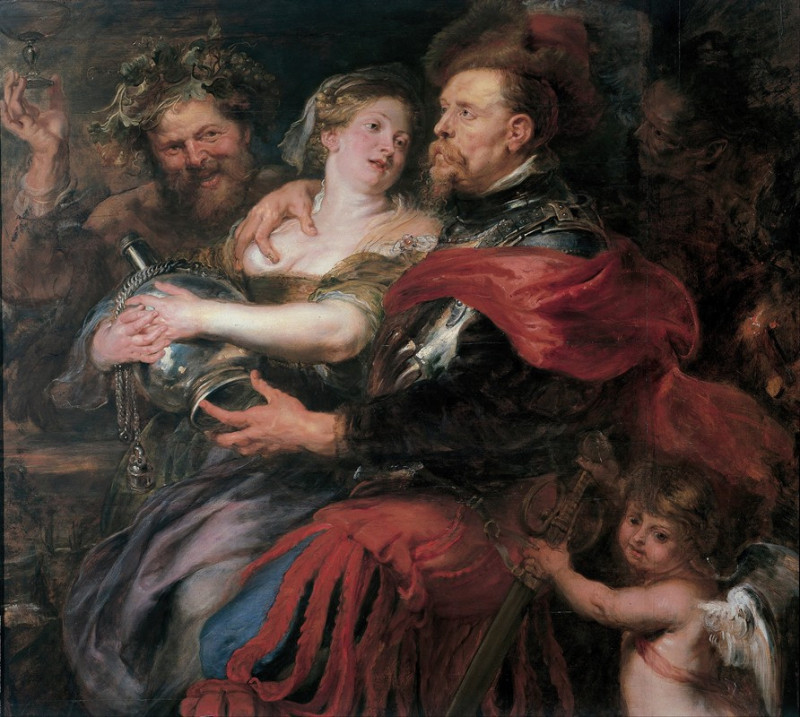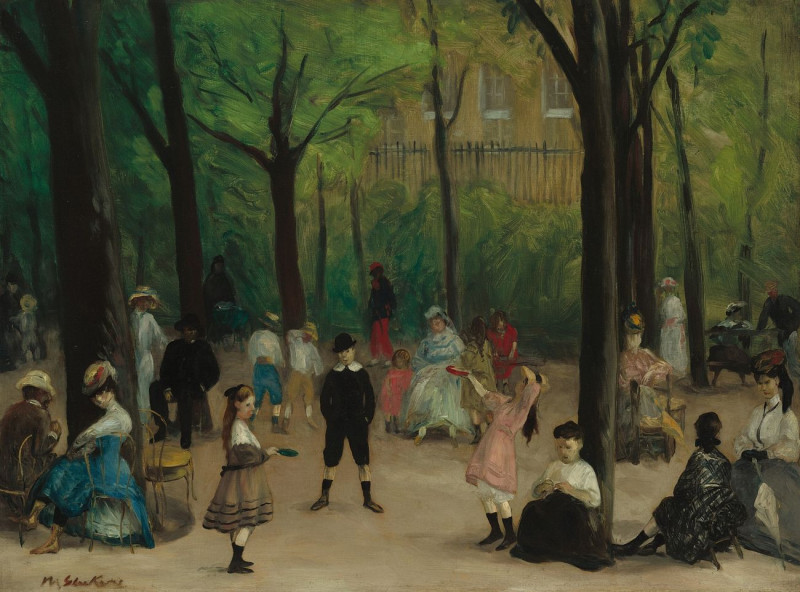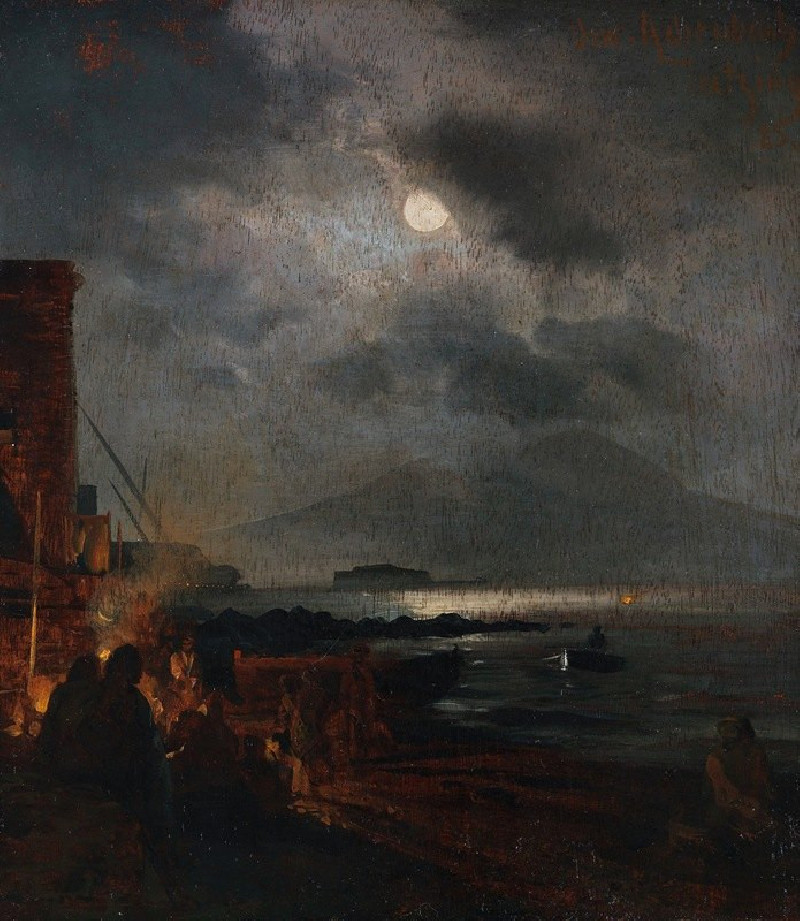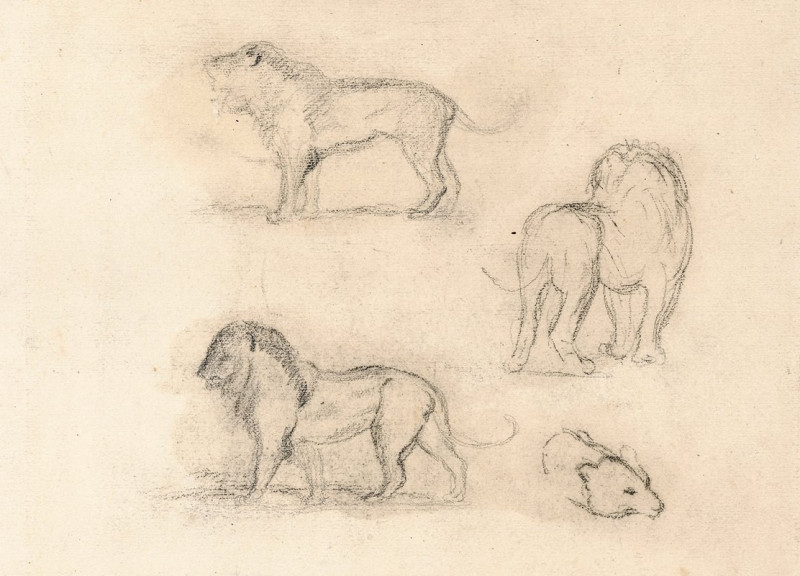Julie Pissarro au jardin (1874)
Technique: Giclée quality print
Recommended by our customers
More about this artwork
"Julie Pissarro au jardin" (1874) by Camille Pissarro is a tender and intimate portrayal of familial life, capturing the essence of peaceful contemplation within a natural setting. In this painting, we see a seated woman, presumably Julie, engrossed in her sewing. Her attire, a flowing dress with soft, muted tones, harmonizes with the gentle impressionist brushstrokes that define both her figure and the lush garden background.Julie's face is marked by a serene expression, reflective of a moment of quiet leisure. The subtle play of light and shadow, characteristic of Pissarro's technique, breathes life into the scene, making the textures of her dress and the foliage around her palpably vivid. The artwork exemplifies Pissarro’s mastery in capturing the simplicity of everyday moments, imbued with a profound sense of presence and atmosphere.
Delivery
Returns
Blessed are they who see beautiful things in humble places where other people see nothing. — Camille Pissarro
Camille Pissarro (1830-1903) was born on St.Thomas (now the US Virgin Islands) to a Portuguese father and a Dominican mother. He went to Paris to study art at Ecole des Beaux-Arts. He was an early pioneer of pointillism and neo-impressionism and later became a mentor of many famous impressionist painters including Cezanne, Manet, Renoir, and Gauguin. His paintings depicted rural and urban French landscapes and lifestyle. Many of his works politically captured images of peasants and laborers. Today, he is considered the father of impressionism.

